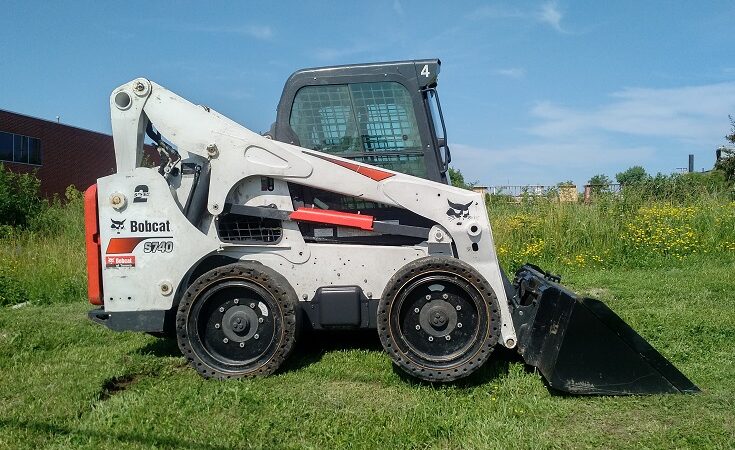In today’s fast-paced business landscape, making informed decisions about equipment purchases is crucial for success. Whether you’re a seasoned entrepreneur or just starting out, the choice between buying new or used equipment can significantly impact your bottom line and overall operations. In this article, we’ll delve into the advantages and considerations of both options, helping you navigate the complexities of equipment procurement and make the smart choice for your business on new or used equipment options.
Benefits of Buying New Equipment:
- Reliability and Warranty: New equipment often comes with manufacturer warranties, providing peace of mind and protection against unexpected breakdowns or defects.
- Latest Technology: New equipment is typically equipped with the latest technological advancements, offering improved efficiency, performance, and capabilities.
- Customization Options: Businesses can often customize new equipment to meet their specific needs and preferences, ensuring optimal functionality and integration with existing systems.
Considerations When Buying New:
- Cost: The upfront cost of new equipment is often higher compared to used equipment alternatives, potentially straining the budget of small or growing businesses.
- Depreciation: New equipment depreciates in value over time, meaning businesses may not recoup the full purchase price if they decide to sell or upgrade in the future.
- Availability: Depending on the industry and specific equipment requirements, new models may have longer lead times or limited availability, delaying implementation and impacting operations.
- Use Case: Used equipment may be just as functional and a fit for the job as new equipment
Advantages of Purchasing Used Equipment:
- Cost Savings: One of the most significant advantages of buying used equipment is the cost savings, with prices typically lower compared to new equipment equivalents.
- Immediate Availability: Used equipment is often readily available, allowing businesses to quickly acquire the tools they need without waiting for manufacturing lead times.
- Established Performance: Many used equipment listings come with detailed performance histories, allowing buyers to assess reliability and suitability based on real-world usage data.
Factors to Consider When Buying Used:
- Condition: Assessing the condition of used equipment is crucial, as wear and tear, maintenance history, and potential repairs can impact performance and longevity.
- Source and Reputation: Buying from reputable sellers or marketplaces with a track record of quality and customer satisfaction reduces the risk of purchasing faulty or misrepresented equipment.
- Total Cost of Ownership: While upfront savings are attractive, businesses should consider the total cost of ownership, including maintenance, repairs, and potential downtime associated with used equipment.
To summarize, the decision between buying new or used equipment is multifaceted and requires careful consideration of various factors. While new equipment offers reliability, warranty coverage, and the latest technology, used alternatives provide cost savings, immediate availability, and established performance records not to mention the ability to do the same job and work tasks in many cases. By weighing the advantages and considerations outlined in this guide, businesses can make informed decisions that align with their budget, operational needs, and long-term goals. Whether opting for new or used, the key is to prioritize functionality, reliability, and value to ensure optimal performance and success in today’s competitive marketplace.
See the latest used equipment for sale here
Get pre-approved for used equipment financing
Read More:
A Pro’s Guide to Finding and Buying Used Construction Machinery Online

